High Inflation Environment
High Inflation Environment
Download Your Free Copy:
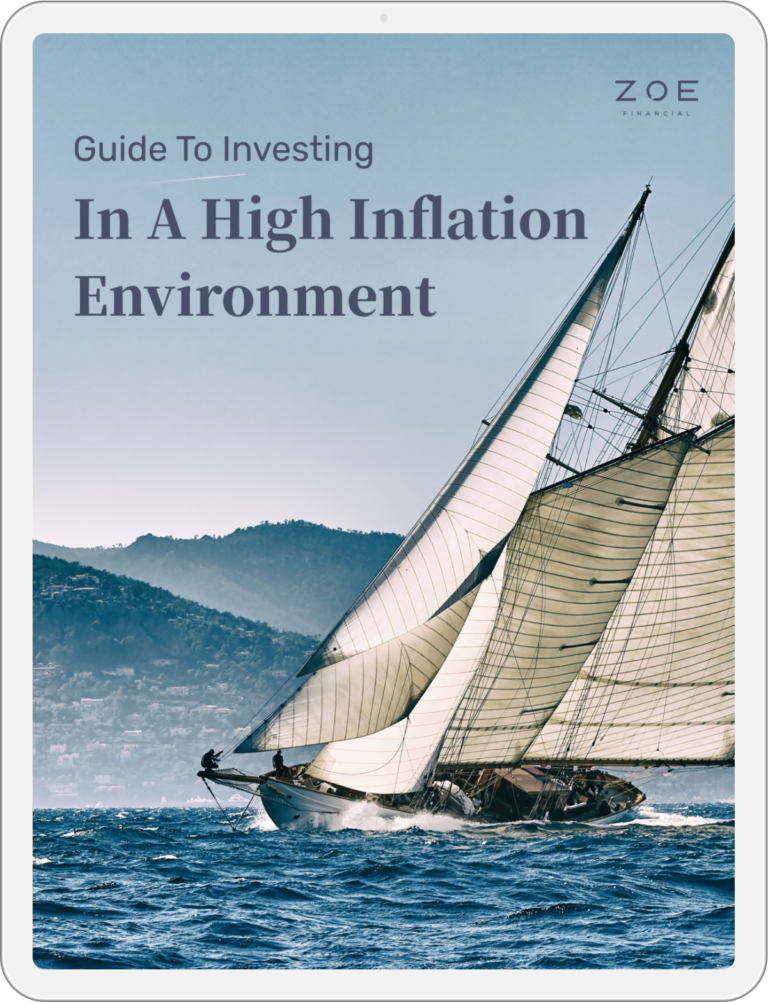



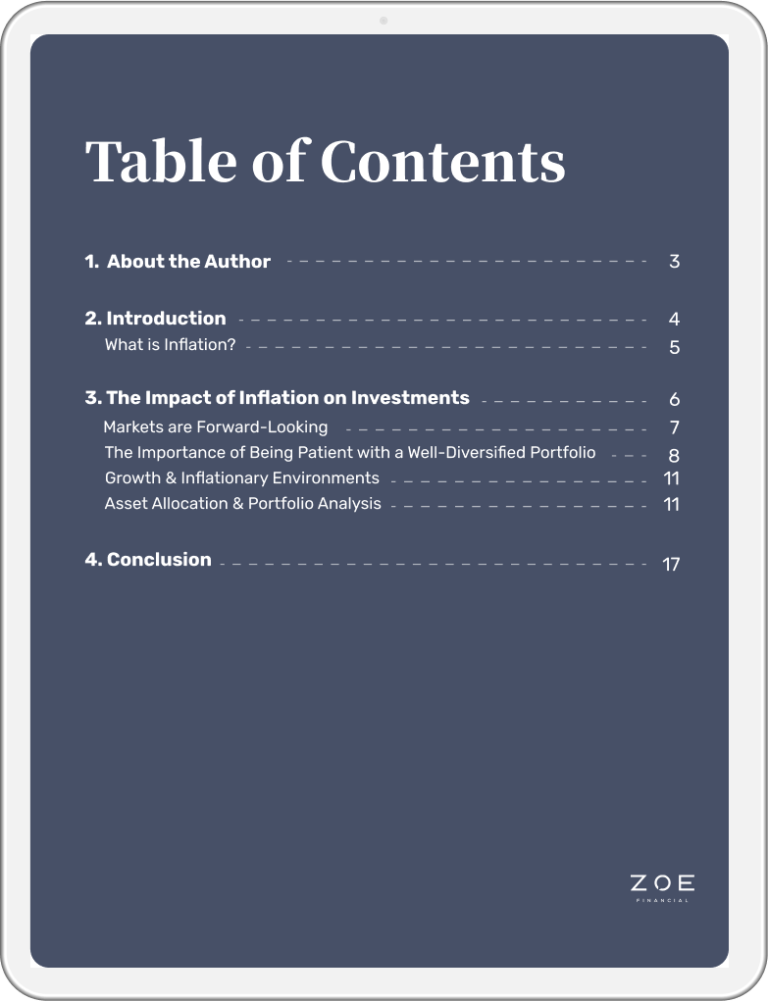


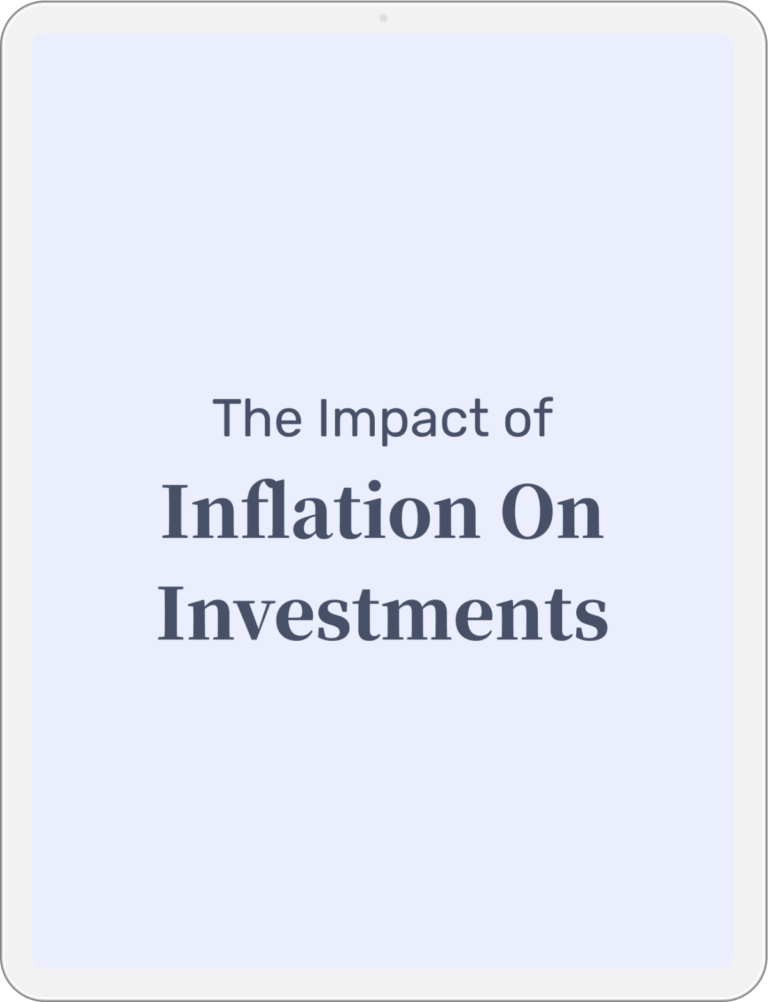



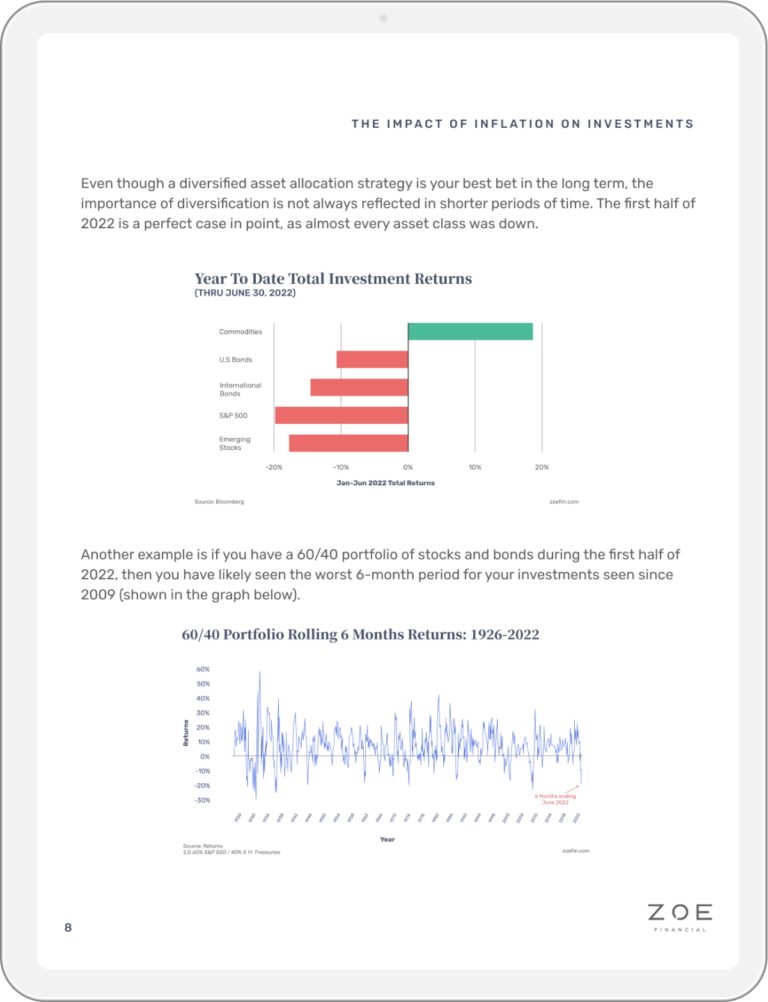















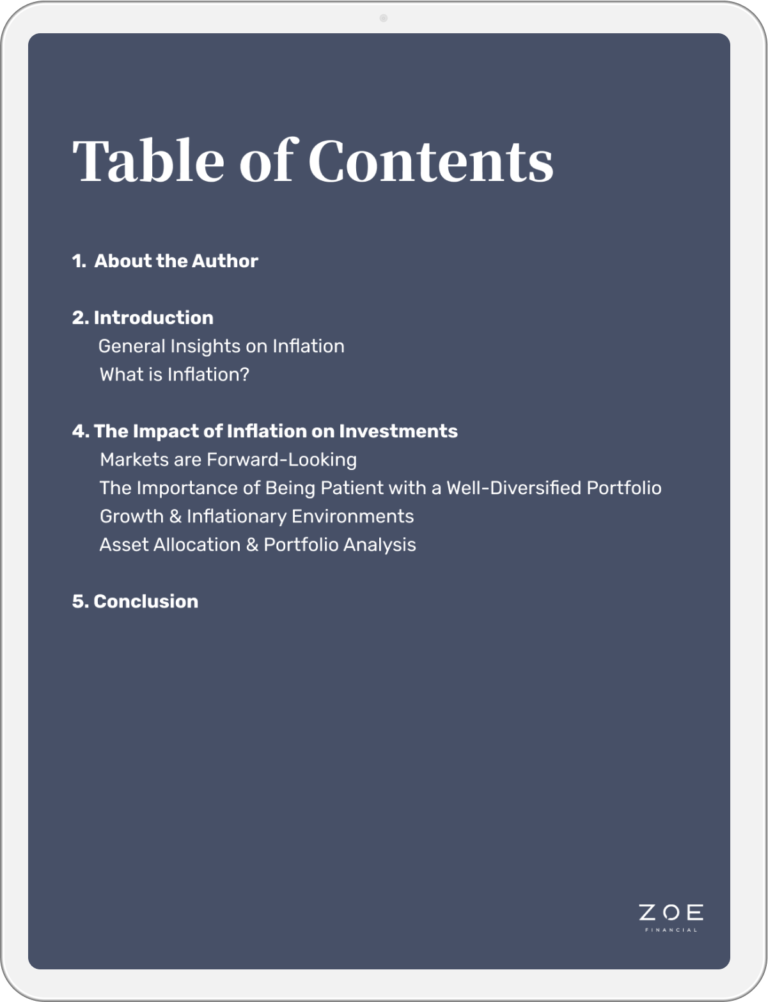


















Overview
Zoe’s Guide to Investing in a High Inflation Environment explains the impact rising inflation can have on your investments and evaluates asset allocation across various economic growth and inflationary environments.
Where you stand based on the diversification of your portfolio:
A 60/40 portfolio allocation aims to minimize risk and maximize returns during periods of high growth and low inflation. During bear markets, this type of portfolio has seen a decrease in returns. If you had a 60/40 portfolio of stocks and bonds during the first half of 2022, then you have likely seen the worst 6-month period for your investments since 2009.
Many choose to divide their portfolio between 50% stocks and 50% bonds. Even though there have been periods in which a 50/50 portfolio was down as much as -15%, they have also historically seen returns of 14% in certain environments.
A diversified portfolio is a combined collection of different investments that reduce risk. Instead of investing simply in bonds and stocks, a well-diversified portfolio also includes international stocks, real estate investment trusts, and other assets that help reduce risks and maximize returns.
Disclosure: This page is not investment advice and should not be relied on for such advice or as a substitute for consultation with professional accounting, tax, legal or financial advisors. The observations of industry trends should not be read as recommendations for stocks or sectors.
Recent Blogs
Could Inflation Lead To a Recession?
Student Loans During a Recession
How are Interest Rates Related to the Stock Market?
What Investors Should Do as the Stock Market Sells Off
Could Inflation Lead To a Recession?
Student Loans During a Recession
How are Interest Rates Related to the Stock Market?
Ready to Grow
Your Wealth?
Let us connect you with the most qualified wealth planners
Ready to Grow Your Wealth?
Let us connect you with the most qualified wealth planners